Table of Contents
"NEX PLAZA (Nagoya Expressway Information Center)" is located in Kita Ward, Nagoya City.
It is a facility where you can learn about the "construction" and "management" of the Nagoya Expressway while watching, touching, and experiencing. A 1/25 size diorama that looks just like the real thing. Full-scale facilities and equipment. Full of highlights such as driving simulation "Let's run with NEX!"
Admission is free, and it's OK even on rainy days, so it's recommended for outings with children!

NEX PLAZA exterior

Model of NEX PLAZA and Kurokawa entrance
I came to NEX PLAZA!
The location is a 5-minute walk south from Exit 1 of Kurokawa Station on the Meijo Subway Line. For cars, there is a free parking lot on the first basement floor. (Don't forget to apply for a parking ticket at the reception when you leave.)

On the 1st floor of the building, there are 10 sections such as "traffic status display panel" and "ETC section". It takes about 1 hour. (including a tour of the traffic control room)

"Sound insulation wall" A real sound insulation wall used on highways. It seems that they are used differently depending on the location.

"ETC section" You can learn how to run an ETC lane at an exhibition using an actual ETC bar.

"Traffic status display panel" displays traffic information in real time.
Highlights of NEX PLAZA
みどころ①
1/25サイズの本物そっくりなジオラマ「名古屋高速道路ができるまで」


The first highlight is the super-precision model "Until the Nagoya Expressway was built."
You can learn how the Nagoya Expressway was built in a 1/25 size diorama that looks just like the real thing.

First, from making foundation piles for the bridge piers.
Unlike general highways, most of the Nagoya Expressway is in the city. Construction methods with low vibration and noise are used.


Here, too, there are ingenuity unique to construction in the city.
That is "rotating shoring". Scaffolds for beams are erected in the construction area and then turned 90 degrees to fix them in place. This method eliminates the need for nighttime construction and has very little impact on traffic on the ground. (Mainly constructed from 1979 to 1986)
The Nagoya Expressway that we usually use is made like this!


Another attraction of the diorama is the human model.
Craftsmen doing radio calisthenics, passers-by on the sidewalk, etc. are reproduced very realistically. Please check the details!
Highlight ② The REAL highway facilities and equipment

In this corner, you can see the facilities and equipment on the expressway up close.
All of them are just astonishing, "Is it this big?!"
For example, the "exit warning sign" in the photo is...

Ta-da!! It's THIS big.
It is 3.3 meters wide and 2.2 meters high. It looks bigger than it does on the road.

This is "LED variable speed sign". The speed limit on the Nagoya Expressway is basically 60km/h, but the speed limit is changed according to the weather and traffic conditions.

"Cushion drums" are placed at road junctions for safety. What is it like inside? !

There are a total of 840 liters (20 liters x 42 bags) of water bags inside! I actually tried to lift it, but it was quite heavy.
みどころ③
自分で名古屋高速道路のコースをつくって、運転してみよう!

At NEX PLAZA, the driving simulation "Let's Drive the NEX!" is especially popular with children. Not only can you experience driving, but you can also create your own urban expressway course!


First, combine the parts to create a course. There is a time limit, so it's exciting.

Once the course is complete, start driving!

Oh! ! You can see Nagoya Castle.
Many of Nagoya's famous sights, such as the Nagoya Port Building and Sea Train Land, will appear on the course.

I was able to reach the goal safely!
It was difficult to operate the steering wheel, and Editorial Team staff was just bumping all around (laughs).
It was interesting to experience the feeling of actually driving on the highway.
Highlight ④ All about Higashiyama Tunnel

In this section, you can see videos and models showing how the Higashiyama Tunnel, the first tunnel on the Nagoya Expressway, was built.

Exhibits include actual fire extinguishing equipment and emergency telephones in tunnels.

Fire extinguishing systems are installed at intervals of approximately 50 meters in semi-underground and tunnels.
It is also possible to actually hold fire extinguishing equipment in hand. By actually experiencing it, you will be able to respond without panicking if something happens.
Let's visit the traffic control room!


By making a reservation in advance, you can also visit the "traffic control room".
In order to protect the safety of the Nagoya Expressway, the traffic control room is on the lookout 24 hours a day, 365 days a year.

Not only the road conditions, but also the temperature and weather of the road surface are checked in detail. According to the video on the left side of the monitor, it is possible to check about 90% of the track and 100% of the semi-underground and tunnel interiors.
Because they have managed it in this way, we can use the highway with peace of mind.
Let's get a paper craft!


Finally, we will introduce happy information!
At the reception desk, you can get NEX PLAZA original paper crafts for free. Both the road patrol car and road sweeper are very realistic.
Please try to make it at home.

This time we introduced "NEX PLAZA". While having fun, I was able to learn a lot about the Nagoya Expressway. It is also recommended for children's independent research!
![[Free admission] Learn about the Nagoya Expressway at "NEX PLAZA"! | Outing Spots in Kita Ward, Nagoya > Museums & Science Museums | Life Life Designs | Traveling and Living in Nagoya, Aichi, Gifu and Mie](https://life-designs.jp/wp/wp-content/themes/wp-templ/assets/img/common/logo.svg)

![[Free admission] Learn about the Nagoya Expressway at "NEX PLAZA"!](https://life-designs.jp/wp/wp-content/uploads/2021/06/image5-24.jpg)
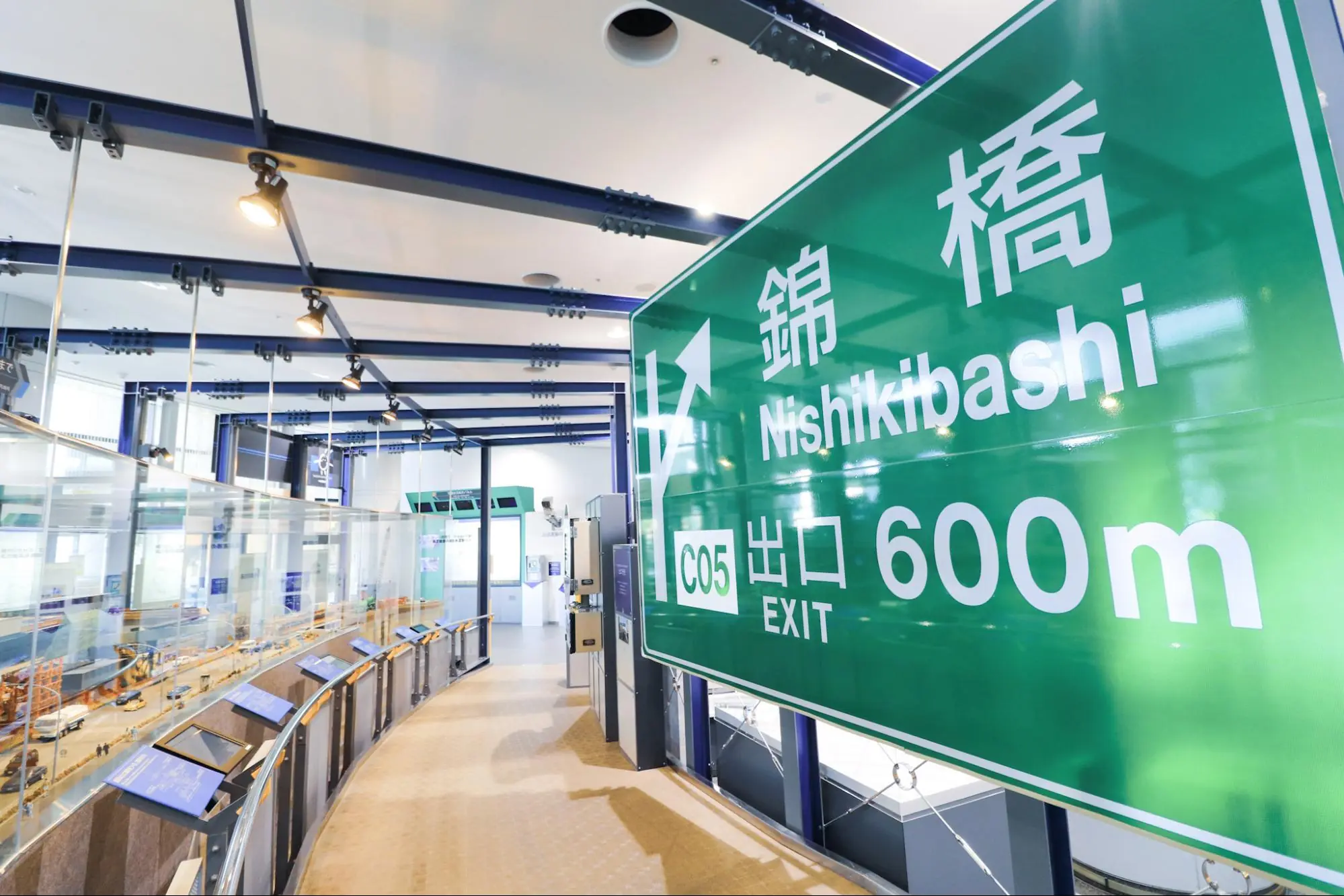
![[Tokai Area] Place to Go on Rainy Days!](https://life-designs.jp/wp/wp-content/uploads/2022/03/f76405aaa33944a4ba88a131fbc56523-1024x580.png)







![[Handa city] "MIM Mizkan Museum" Where You can Learn About Vinegar while Having Fun](https://life-designs.jp/wp/wp-content/uploads/2024/06/image55-1-1024x768.jpg)
![[Yokkaichi city] Let's Go to "Soranpo Yokkaichi" where you can Enjoy with your Family!](https://life-designs.jp/wp/wp-content/uploads/2022/07/image4-9-1024x576.jpg)
![[10 Selections] Parents and children can enjoy it! Summary of Museums in Aichi Prefecture](https://life-designs.jp/wp/wp-content/uploads/2022/01/FotoJet-2022-01-05T162333.940-1-1024x683.jpg)


![[Indoor Facilities] Where to Go on Rainy Days in Tokai Area! For Family Outings!](https://life-designs.jp/wp/wp-content/uploads/2023/07/FotoJet-23.jpg)





![[Tokai Area] Place to Go on Rainy Days!](https://life-designs.jp/wp/wp-content/uploads/2022/03/f76405aaa33944a4ba88a131fbc56523-768x435.png)
![[Ghibli Park] Beginner's Guide](https://life-designs.jp/wp/wp-content/uploads/2023/07/ghiblipark_w1920h1088_20240422-768x435.png)
![[Sauna Specials] Feel Revitalized in Sauna!](https://life-designs.jp/wp/wp-content/uploads/2021/07/Sauna-1024x580.jpg)

![[Tokai Area] Scenic Spots which You'll Never Forget](https://life-designs.jp/wp/wp-content/uploads/2019/12/LD_banner_w1920x1088_prospect-1-1024x580.jpg)
![[Special Feature] Enjoy Outdoor Activities!](https://life-designs.jp/wp/wp-content/uploads/2019/12/LD_banner_w1920x1088_outdoor-1-1024x580.jpg)







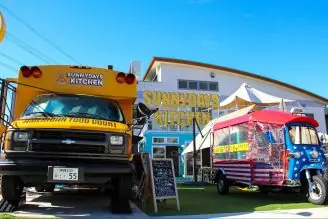



























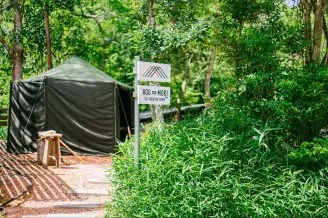



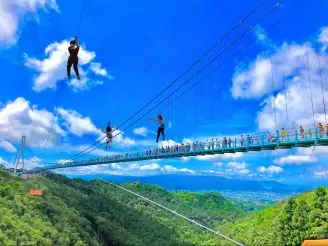







![[Indoor Facilities] Where to Go on Rainy Days in Tokai Area! For Family Outings!](https://life-designs.jp/wp/wp-content/uploads/2023/07/FotoJet-23-1024x768.jpg)
![Onigiri is hot right now! Summary of Osu's Onigiri Specialty Shops [5 selections].](https://life-designs.jp/wp/wp-content/uploads/2023/11/onigiri-1024x768.jpg)

![[20 Selections] Nagoya Souvenirs: Non-Sweet & Recommended Snacks Available at Nagoya Station](https://life-designs.jp/wp/wp-content/uploads/2025/07/image3-2-1024x683.jpg)
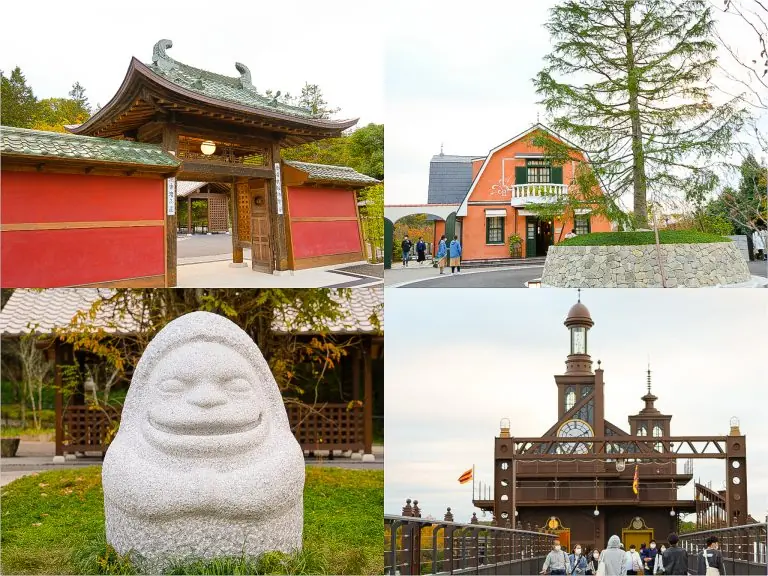

![[Within 2hrs by Car] 12 Outing Areas where You can Go on a Day Trip from Nagoya!](https://life-designs.jp/wp/wp-content/uploads/2023/07/odekake12_w1200h900_20240422-328x246.png)
![[Aichi, Gifu, Mie] 30 Family-Friendly Spots to Go in Winter!](https://life-designs.jp/wp/wp-content/uploads/2019/12/image21-1-150x106.png)
![[Nagoya, Aichi] Recommended Shops to Buy Tablewares around Nagoya](https://life-designs.jp/wp/wp-content/uploads/2019/11/image12-26-150x100.jpg)
